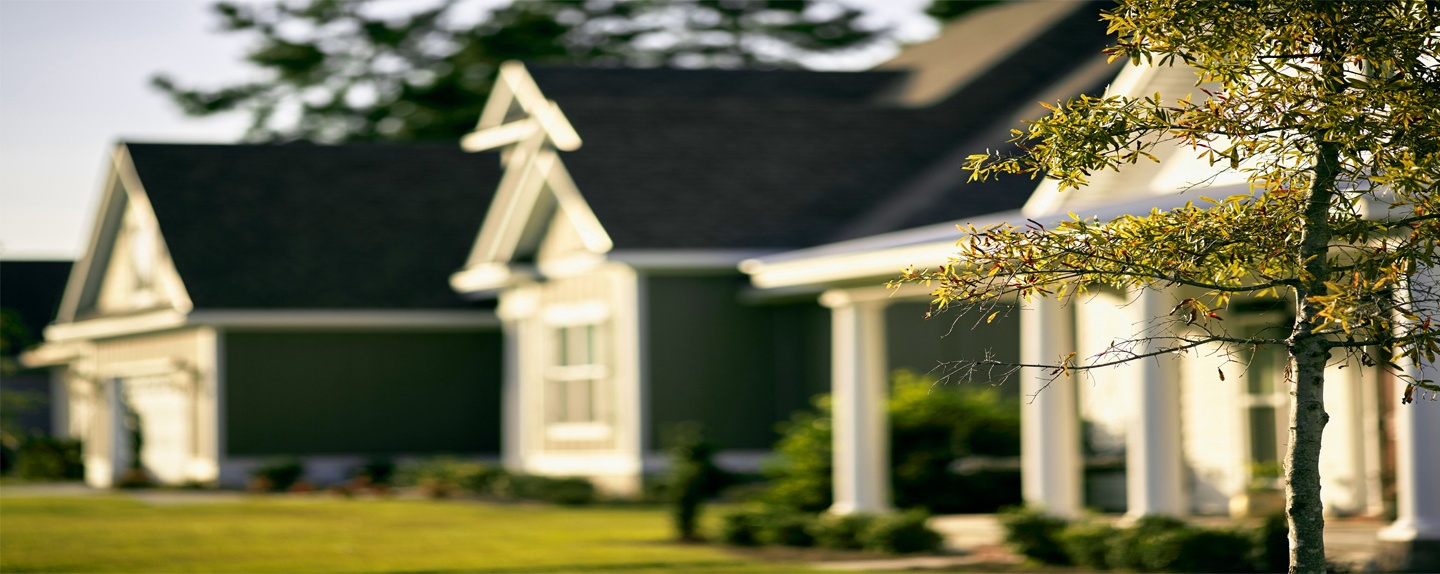Tackling the summer heat while keeping your lawn lush can be a challenge. With the right mowing techniques, you can ensure your lawn stays healthy and green even in the hottest months.
Choose the Right Mowing Height for Summer
During the summer, it’s crucial to adjust your mowing height to protect your lawn from heat stress and potential drought. Cutting your grass too short can cause it to dry out and turn brown quickly. Aim to keep your grass at a height of about 3 to 4 inches. This longer length helps shade the soil, reducing water evaporation and promoting deeper root growth.
Remember, different grass species have different optimal heights. Consult with a local lawn care expert or refer to guidelines specific to your grass type to determine the best mowing height for your lawn.
Mow During the Coolest Part of the Day
Mowing during the peak heat of the day can be stressful for both you and your lawn. The best times to mow your lawn are early in the morning or in the evening when temperatures are cooler. This reduces the risk of heat stress on your grass and prevents the mower from causing additional damage.
Additionally, mowing during cooler parts of the day allows the grass to recover more efficiently, maintaining its vibrant green appearance throughout the summer.
Keep Your Mower Blades Sharp
Dull mower blades tear and damage grass, making it more susceptible to disease and drought stress. Sharp blades, on the other hand, cut grass cleanly, promoting healthier growth. Regularly inspect your mower blades and sharpen them as needed, ideally after every 20 to 25 hours of use.
You can sharpen the blades yourself using a sharpening stone or take them to a professional. Either way, maintaining sharp blades is essential for a healthy lawn during the summer.
Hydrate Your Lawn Properly
Proper hydration is critical for keeping your lawn green and healthy during summer heat and drought. Water deeply but infrequently, aiming for about 1 to 1.5 inches of water per week. Early morning is the best time to water, as it allows the grass to absorb moisture before the heat of the day.
Avoid shallow, frequent watering, which encourages shallow root growth and makes the grass more susceptible to drought. Using a sprinkler system or soaker hoses can help ensure even and efficient watering.
Leave Grass Clippings on the Lawn
Leaving grass clippings on the lawn after mowing can provide numerous benefits. These clippings decompose quickly, returning valuable nutrients to the soil and helping retain moisture. This natural mulch can reduce your lawn’s need for additional fertilizers and improve its resilience against heat and drought.
Ensure that the clippings are small enough to decompose easily by mowing regularly and not cutting more than one-third of the grass height at once. This practice, known as grasscycling, is an eco-friendly way to keep your lawn healthy and green throughout the summer.

